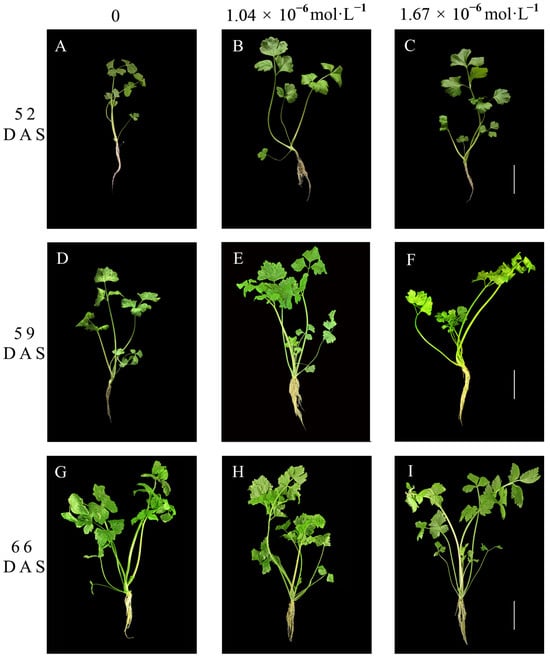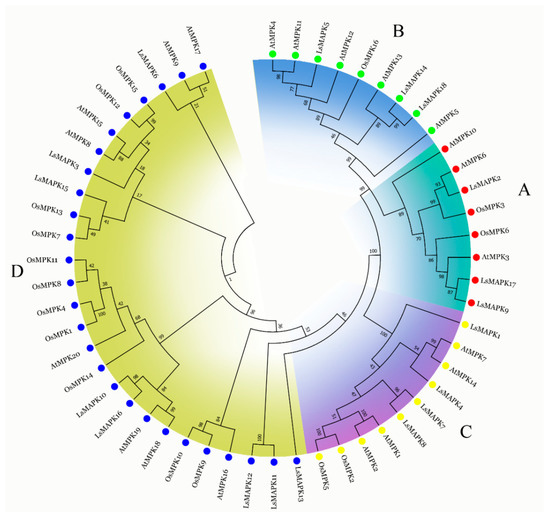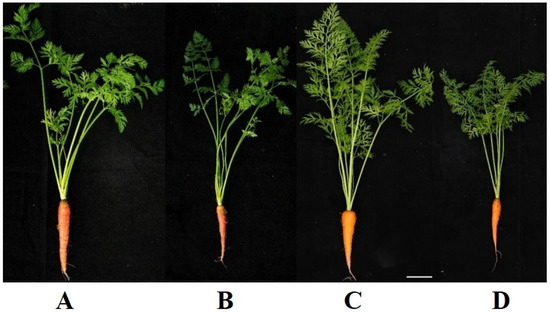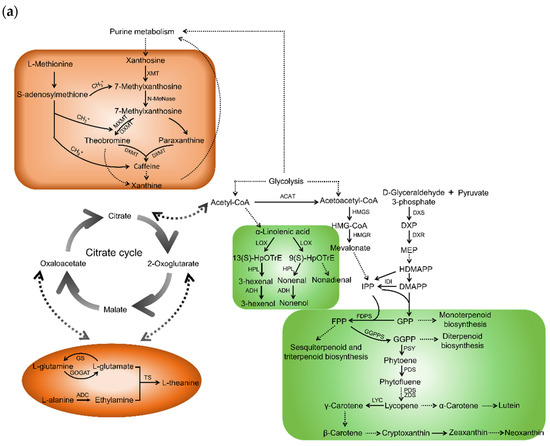The Correlation of Stress Response and Organ Development in Horticultural Crops
A topical collection in Horticulturae (ISSN 2311-7524). This collection belongs to the section "Biotic and Abiotic Stress".
Viewed by 11470Editors
Interests: horticultural crop genetics and germplasm enhancement; secondary metabolism; abiotic stress; horticultural crop evolutionary genomics and domestication
Special Issues, Collections and Topics in MDPI journals
Interests: vegetable genetics and functional genomics; bioinformatics; abiotic stress response; biotechnology
Special Issues, Collections and Topics in MDPI journals
Topical Collection Information
Dear Colleagues,
Multiple environmental stresses adversely affect organ development and genetic variation. This is not only a fundamental scientific issue, but is also a crucial issue for ensuring food security and sustainable agriculture. Abiotic stress greatly inhibits crop growth and reduces yields. On the other hand, plants exposed to stress undergo changes in their metabolism and limit organ development in order to prevent the deleterious effects of the stress. It is important to explore the cross-talk between stress response and growth, which will contribute to understanding this regulatory network, which, in turn, is critical for resetting the balance between stress resistance and growth in order to engineer stress-resistant and high-yield crops.
The Correlation of Stress Response and Organ Development in Horticultural Crops, will focus on new developments in our understanding of how plant balance growth and the stress response contribute to their adaptation and tolerance.
We invite researchers to contribute both original research articles and reviews to this Collection.
Prof. Dr. Aisheng Xiong
Dr. Mengyao Li
Dr. Sheng Shu
Collection Editors
Manuscript Submission Information
Manuscripts should be submitted online at www.mdpi.com by registering and logging in to this website. Once you are registered, click here to go to the submission form. Manuscripts can be submitted until the deadline. All submissions that pass pre-check are peer-reviewed. Accepted papers will be published continuously in the journal (as soon as accepted) and will be listed together on the collection website. Research articles, review articles as well as short communications are invited. For planned papers, a title and short abstract (about 100 words) can be sent to the Editorial Office for announcement on this website.
Submitted manuscripts should not have been published previously, nor be under consideration for publication elsewhere (except conference proceedings papers). All manuscripts are thoroughly refereed through a single-blind peer-review process. A guide for authors and other relevant information for submission of manuscripts is available on the Instructions for Authors page. Horticulturae is an international peer-reviewed open access monthly journal published by MDPI.
Please visit the Instructions for Authors page before submitting a manuscript. The Article Processing Charge (APC) for publication in this open access journal is 2200 CHF (Swiss Francs). Submitted papers should be well formatted and use good English. Authors may use MDPI's English editing service prior to publication or during author revisions.
Keywords
- environmental stresses
- plant development
- plant physiology and biochemistry
- transcriptional regulation
- plant-environment interactions













